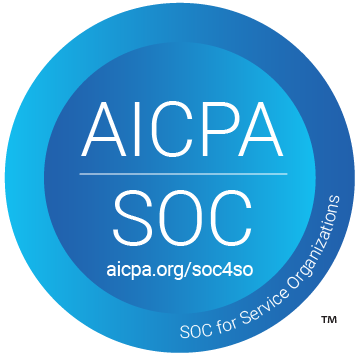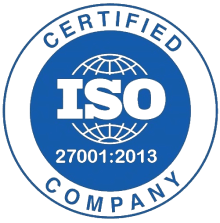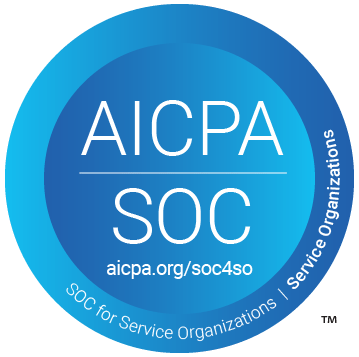Learn how to send automated thank you emails for NGO donations using Pabbly Connect, Razor Pay, Google Docs, and Gmail. Step-by-step tutorial inside. Explore systematic approaches to creating efficient automation solutions that convert technical concepts into practical, implementable instructions.
Watch Step By Step Video Tutorial Below
1. Accessing Pabbly Connect for Automation
To automate thank you emails for NGO donations, you first need to access Pabbly Connect. Begin by visiting the Pabbly website and clicking on ‘Sign Up for Free’ if you’re a new user. If you already have an account, simply click on ‘Sign In’.
Once signed in, navigate to the dashboard of Pabbly Connect. Here, you can create a new workflow by clicking on the ‘Create Workflow’ button. Name your workflow something like ‘Send Thank You Email for Donations Received via Razor Pay’ and select the relevant folder to save it.
2. Setting Up the Trigger with Razor Pay
In this step, you will set up Razor Pay as the trigger application in Pabbly Connect. Select Razor Pay from the list of applications and choose the trigger event as ‘Payment Capture’. This will initiate the workflow when a new donation is received.
- Select Razor Pay as the trigger application.
- Choose ‘Payment Capture’ as the trigger event.
- Copy the webhook URL provided by Pabbly Connect.
Next, go to your Razor Pay dashboard, navigate to ‘Account and Settings’, and then to ‘Webhooks’. Click on ‘Add New Webhook’ and paste the copied URL. Make sure to set the active event to ‘Payment Captured’. After saving, return to Pabbly Connect, where you will see it waiting for a response.
3. Testing the Trigger with a Test Payment
To test the trigger, you need to perform a test donation. Go back to Razor Pay and use the payment link to make a test payment. Fill in the necessary details like the donor’s name and email. Once the payment is successful, Pabbly Connect will capture the response.
- Enter random details for the test payment.
- Complete the payment process using dummy card details.
- Confirm the payment is successful to trigger the webhook.
After the payment, return to Pabbly Connect and check if the response has been received. This response will include all the donation details, which will be used to generate the thank you email and ATG certificate.
4. Creating the ATG Certificate Using Google Docs
With the data from Razor Pay captured, the next step is to create an ATG certificate using Google Docs. In Pabbly Connect, add a new action step and select Google Docs. Choose the action event as ‘Create Document from Template’ to generate the certificate.
Map the necessary fields from the Razor Pay response into the Google Docs template. This includes the donor’s name, donation amount, and other relevant details. Ensure that your template in Google Docs has placeholders for these dynamic fields.
5. Sending the Thank You Email via Gmail
After creating the ATG certificate, the final step is to send a thank you email through Gmail. In Pabbly Connect, add another action step and select Gmail as the application. Choose the action event as ‘Send Email’.
Fill in the email details such as the recipient’s email (mapped from the Razor Pay response), sender name, subject, and body content. Attach the PDF link of the ATG certificate generated earlier. This ensures that the donor receives both the thank you message and the certificate in one email.
Once you have filled in all the required fields, click on ‘Save and Send Test Request’. If everything is set up correctly, the email will be sent successfully to the donor.
Conclusion
In this tutorial, we learned how to automate sending thank you emails for NGO donations using Pabbly Connect. By integrating Razor Pay, Google Docs, and Gmail, you can easily streamline the donation acknowledgment process, ensuring donors receive timely appreciation and necessary documentation.
Ensure you check out Pabbly Connect to create business automation workflows and reduce manual tasks. Pabbly Connect currently offer integration with 2,000+ applications.
- Check out Pabbly Connect – Automate your business workflows effortlessly!
- Sign Up Free – Start your journey with ease!
- 10,000+ Video Tutorials – Learn step by step!
- Join Pabbly Facebook Group – Connect with 21,000+ like minded people!






